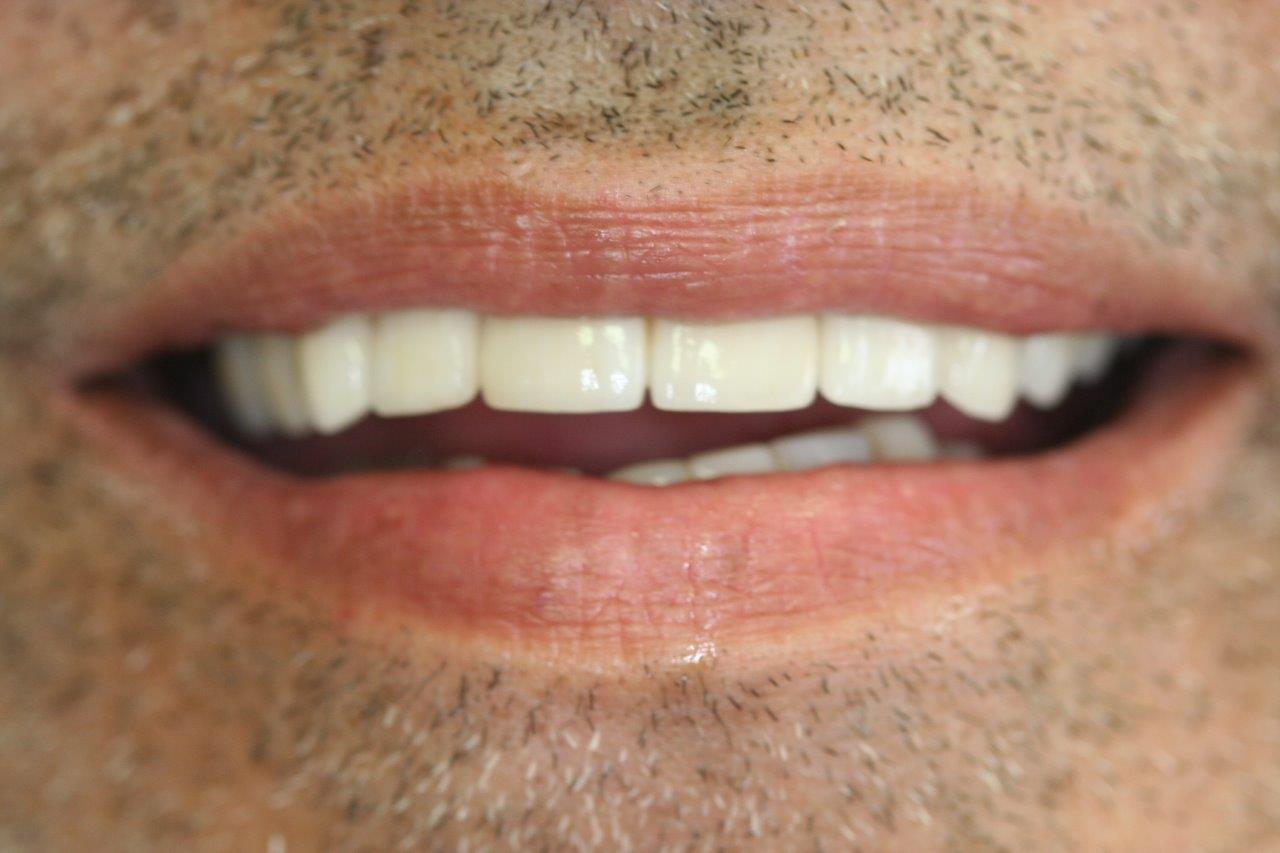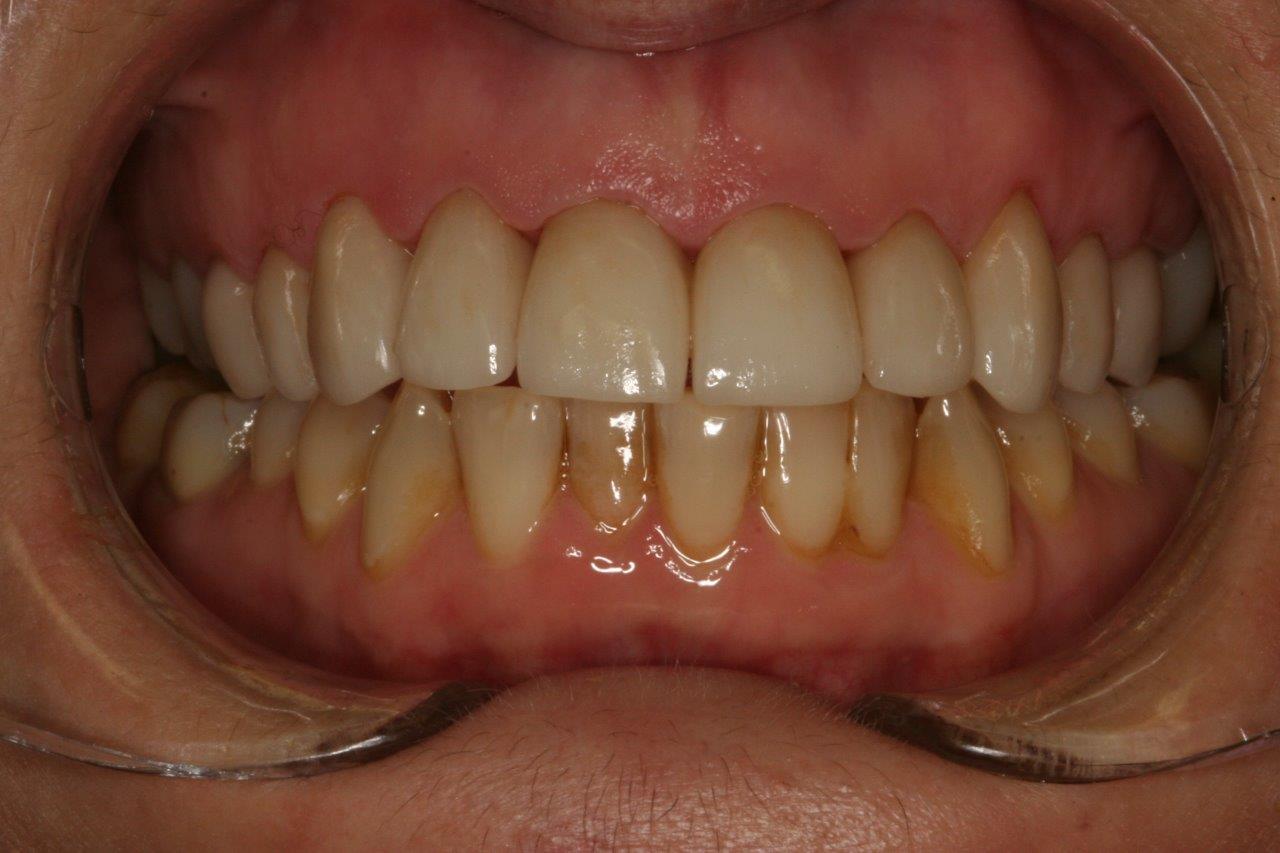Dental crowns in Essendon
Patients come to our Essendon dental clinic for dental crown treatment from surrounding areas, including Airport West, Keilor, Strathmore and Aberfeldie. They know that our caring and experienced general dentists provide restorative dental services, including crowns.
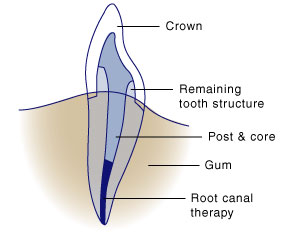
A dental crown is a covering that goes completely around a tooth. Historically, crowns have been metals such as gold, or a porcelain ‘jacket’ , both of which were separately affixed to the tooth. Modern crowns are usually made from pure porcelain fused to a metal substructure, often gold. Our dentists then affix this joint structure to the tooth. Our Essendon dental clinic has a decades-long history in implementing the most modern and innovative engineering technologies into our practice. We have an in-house CEREC machine, which allows us to digitally create your dental crown in one visit. See our CEREC post for more information and videos.
Modern dentistry uses crowns to support a tooth and decrease the tooth’s chances of fracturing. They are especially useful when a tooth has been heavily filled or root-filled, leaving the remaining tooth weak. Other practical crown applications include where there is not enough tooth structure left to hold in a filling. Crowns are also used for aesthetic reasons when we need to change the shape or colour of a tooth.
What does the crown procedure involve?
The length of time it takes to prepare a tooth for a crown depends on the difficulty of the situation. Usually, you will require a minimum of 1 hour in the dental chair. An impression (mould) is taken of the prepared tooth and sent to an off-site dental laboratory which takes approximately two weeks to construct the crown. For these two weeks, we make a temporary crown out of plastic so that you can eat properly and the tooth looks normal. During your second visit, it takes approximately 30 minutes to cemen
How long will a crown last?
Generally, a crown fails because of:
- decay in the tooth around the crown
- a change in the rest of the mouth (such as teeth get darker, but the crown stays the same), resulting in the crown standing out or the gum receding around the crown.
Crowns generally don’t fail because there is something wrong with the crown itself.
Depending on the situation, a crown should last for approximately ten years, so long as the supporting tooth stays healthy. It’s important to maintain regular dental check-ups over this time because if something starts going wrong with the crown, it can be corrected more easily if it’s picked up earlier.
What are crowns made of?
Two major types of alloys are now available, as well as pure porcelain.
Alloy crowns
Alloy crowns are mainly gold but can be:
- palladium
- silver
- occasionally platinum, zinc or copper.
Dental practices have used gold alloys (also known as high-noble alloys) for many years when constructing crowns or fixed bridges. Gold alloys provide excellent, robust and long-lasting service.
Sometimes, your dentist may suggest a base metal crown. They are mainly made from nickel, but chrome or cobalt can also be used.
All the above metals are used as either
- the sole constituent of a crown
- as a base on which porcelain is fired (baked).
Most people have no biological response to the base metals. If you have known allergies to metals, please tell us. We usually use high-noble metals. The cost of these is somewhat higher than base metals.
Porcelain only crowns
Modern dentistry techniques now use pure porcelain crowns more extensively.
CEREC dental crowns in a single visit
CEREC restoration is one of the latest ways to construct a crown or veneer.
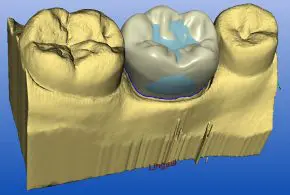 What is CEREC technology?
What is CEREC technology?
CEREC technology is an automated process that creates crowns and veneers in an efficient, accurate and painless way. CEREC is a more effective way of making crowns and veneers than other procedures that have come before it. The technology uses 3D imaging and special software to calculate the exact dimensions of a patient’s teeth. This data results in the creation of a digital scan of the required crown.
A high precision cutting and tooling machine then sculpts a tooth to create an exact replica of the scan. Finally, the crown is ready for immediate application to the tooth. The whole process can happen in a single visit to the dentist.
CEREC crowns vs traditional dental crowns
Traditionally veneers and crowns required two time-consuming dental visits. The first visit was to take a mould of the necessary crown and a second visit to apply it. In between that time, a temporary filling may have been needed as well. Using CEREC technology, your crown can be designed, milled and fitted in a single visit, compared to over a week using the traditional method.
Because CEREC technology is digital, it removes the need for moulds; this is a great relief for those patients who gag. It also reduces the need for anaesthetics (numbing) to a single visit. The traditional method is still used in some instances, such as bridges. Research has also shown that a CEREC crown is just as strong and durable as a normal one. And the aesthetics are excellent.
Take a look at this video to see how CEREC works:
Dental Crowns Case Studies
Before & After: Crowns & Bridges for Broken Down Teeth
Years of wear and tear, as well as grinding and clenching, had destroyed this Keilor patient’s teeth.
We created a full plan to reconstruct his smile with crowns and bridges, as well as porcelain veneers.
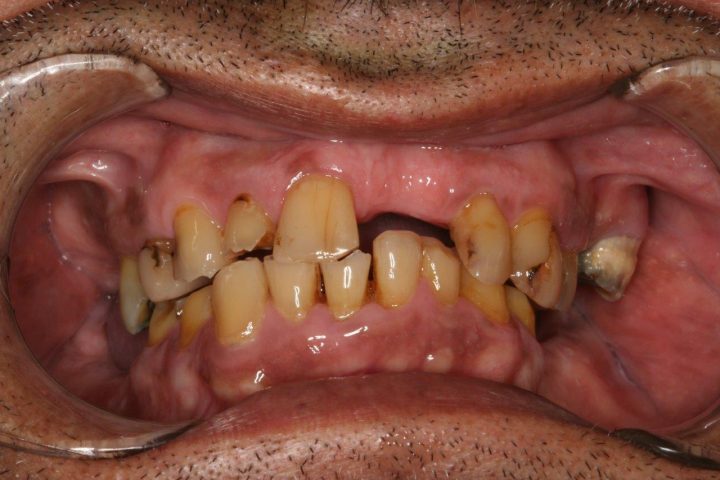
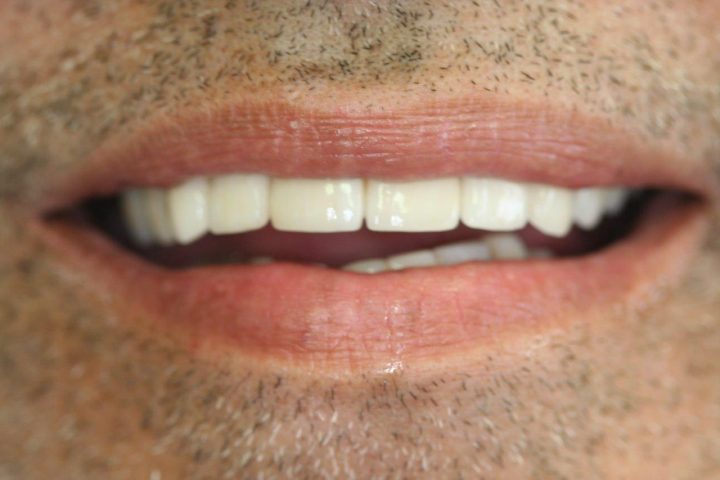
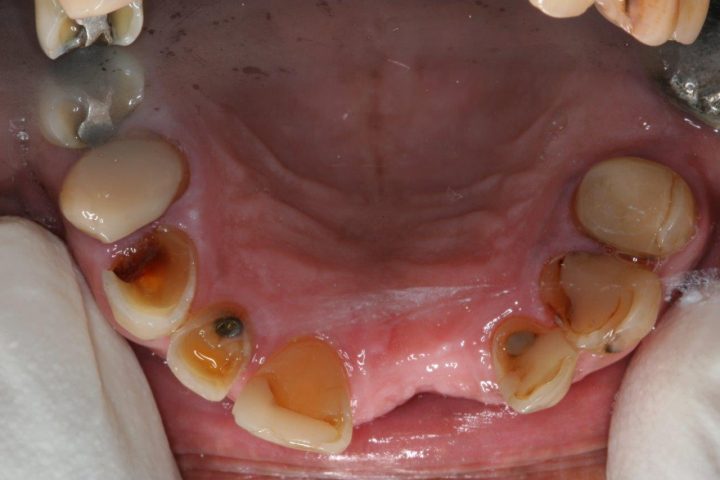
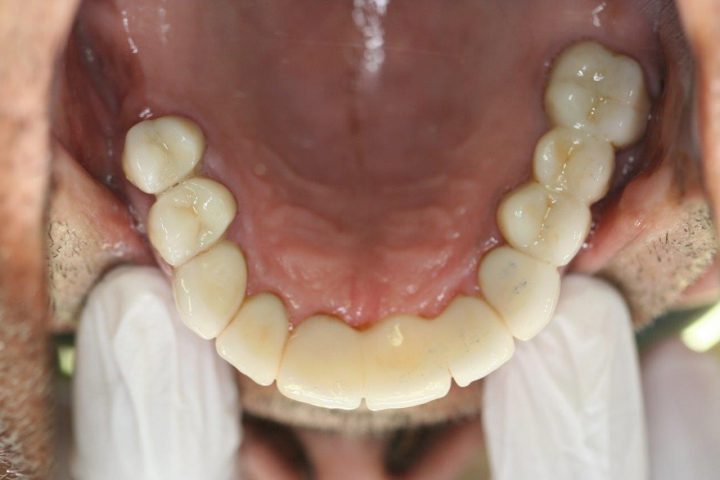
Treatment Time
4 weeks
Before & After: Porcelain Crowns for an Erosion Case
This Essendon North patient came to see us as her teeth had eroded and she wanted a solution which would restore her smile and function.
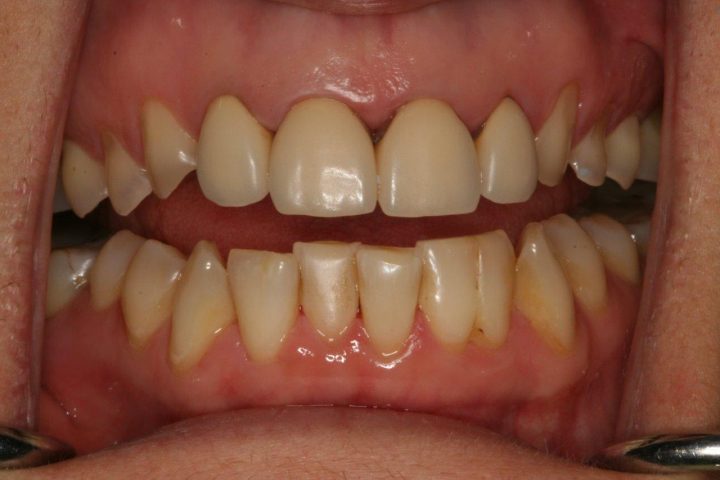
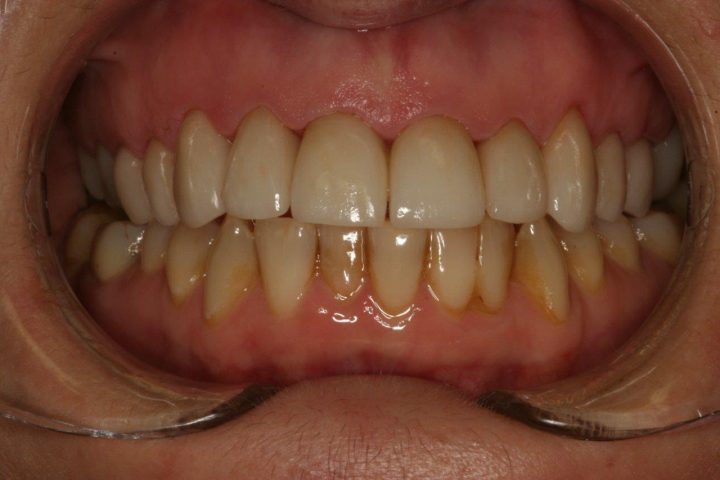
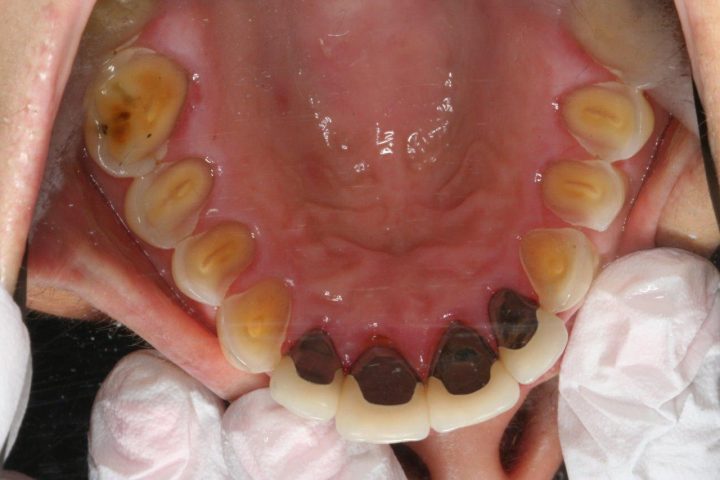
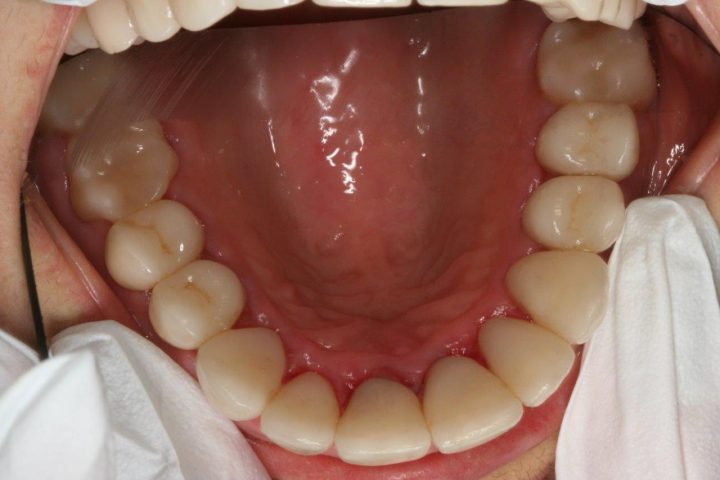
Problem
The patient had suffered acid reflux for years, which had destroyed her teeth. She also had an existing porcelain crown, with metal in it.
Treatment
We saved her teeth by managing her reflux, and rebuilt her smile by affixing a new series of porcelain crowns.
Before & After: Dental Crowns
This patient from Avondale Heights wanted to restore her smile because of discoloured teeth.
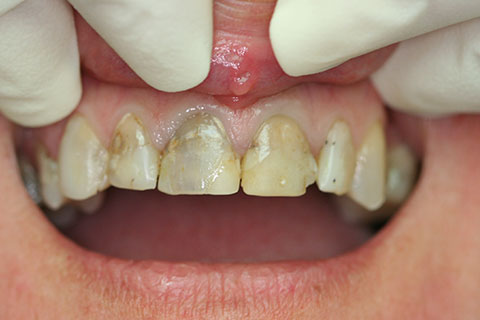
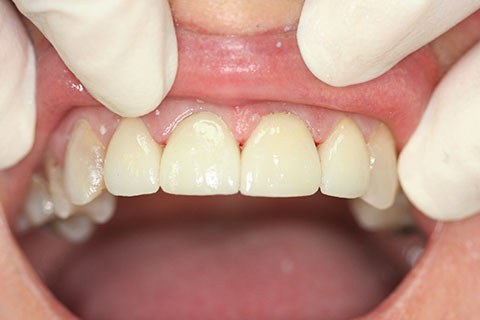
Problem
Because of multiple root canals in her front teeth, she experienced discoloured teeth.
She wanted a confident and beautiful smile, and she didn’t want to feel self-conscious about her teeth any more.
She was happy with our suggestion of placing dental crowns over the discoloured teeth.
Treatment
We applied four dental crowns, in two appointments over two weeks.
The first appointment was to prepare the teeth and match colour, while the second was to fit the crowns.
Treatment Time
4 weeks
Arrange an appointment right now
Start the process of achieving a better smile today by arranging an appointment. Just call us or if out of hours use our simple request a callback from and we will call you back when we are open.
Call 9379 1893
"*" indicates required fields

